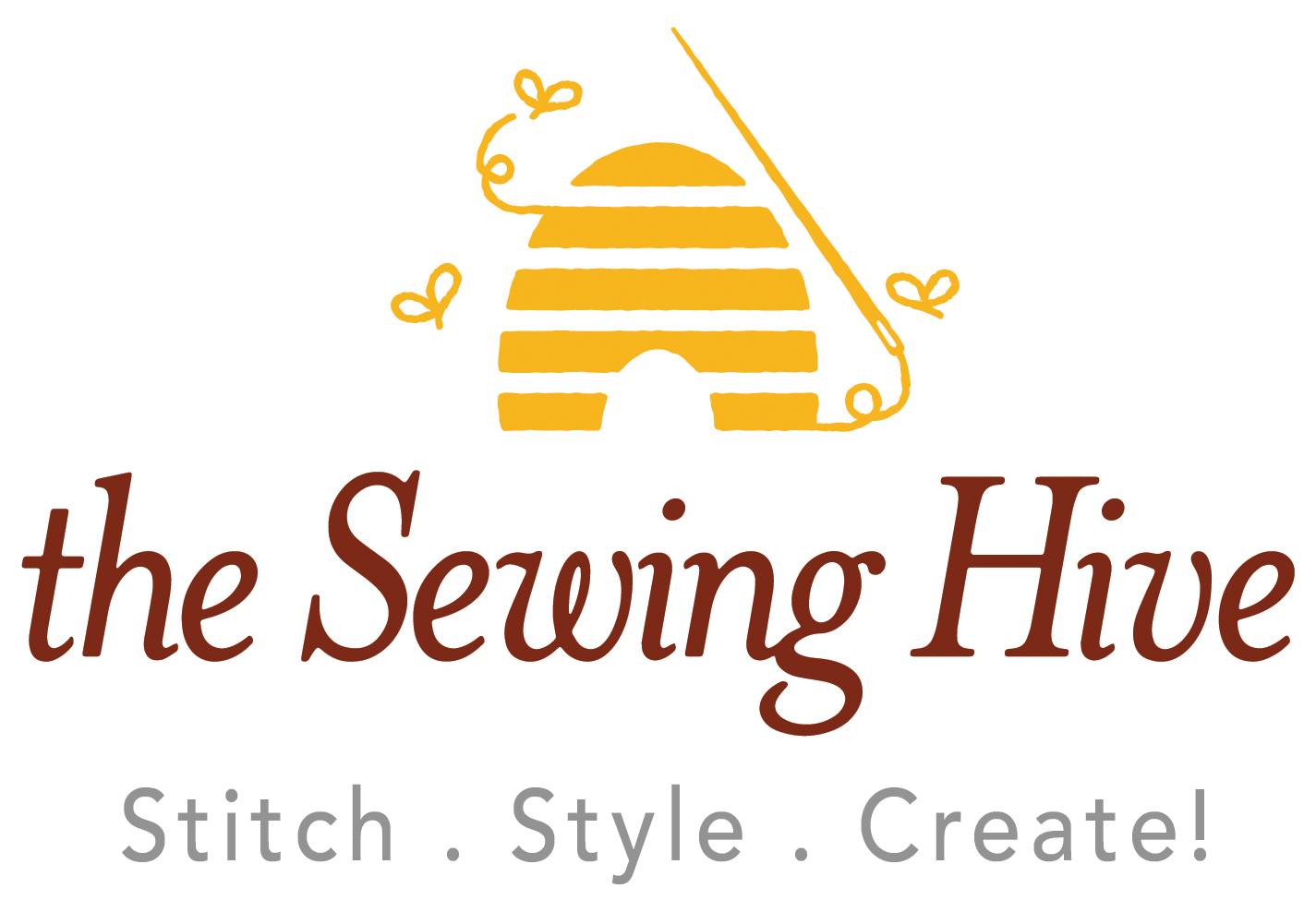What do you see?
something went wrong….or I did incorrectly.
Did you guess that I did not pre-shrink the interfacing in the yoke? You are correct!! I didn’t pre-shrink and you can see the results, puckering every time I wash my favorite jumper. It’s robin egg blue linen with pink batiste lining and a fun facing, all from SewTo Speak several years ago. But I was in a hurry, and did not pre-shrink the interfacing, although I did prewash all the other fabrics. Tough lesson, but every time I wear the jumper, I am reminded of this simple step.
Many years ago I picked up one of John’s suit from a dry cleaner and the lapels were puckered. I was upset, especially since at 6’5’, nice suits are difficult to find for him. The dry cleaner patiently explained that they were not at fault, that the manufacturer had not pre-shrink the interfacing. Not sure I really believed that, but they had always done a good job for us, until I saw what happened to my jumper.
I now pre shrink every fabric before it goes in my stash cupboard, with a note on it how it was done, same with interfacing. To pre-shrink, simply fill a bowl with cool/warm water, lay the interfacing in the water for a few minutes, and hang to dry. Do not put in the dryer, do not wring, just hang. It takes so little time, I do even when the tear sheets say it is pre-shrunk. No chances here. It will dry quickly and you have one prep step done.
Prepped and ready when you are!



















